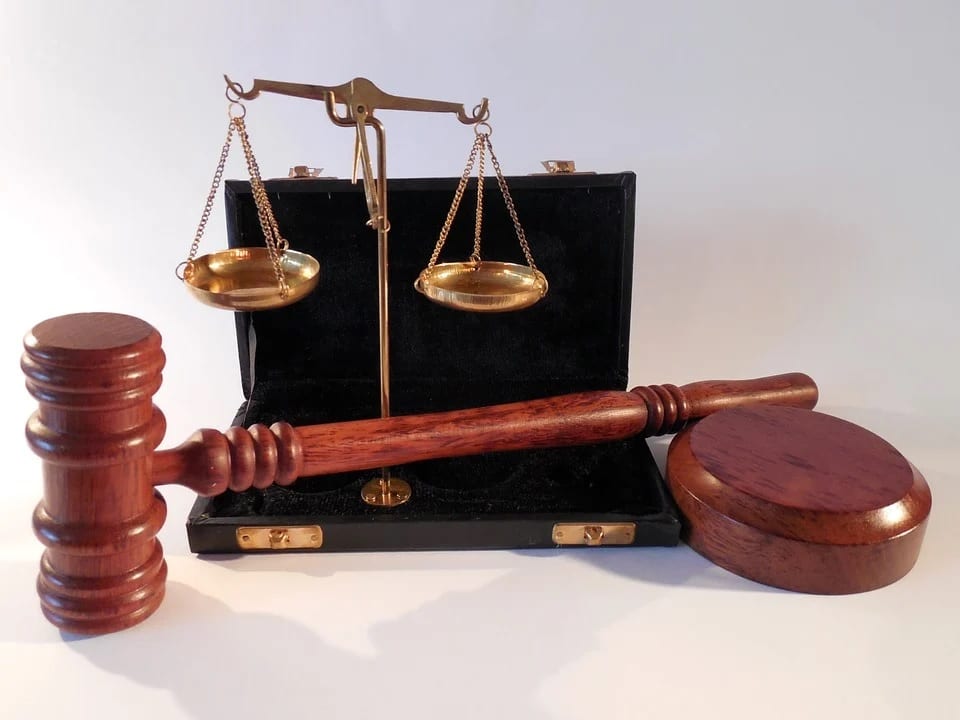The Central Information Register (CIR) is a computerised system maintained by the Central Bank of Cyprus. It contains information about individuals or legal entities associated with dishonoured cheques, aiming to safeguard the reliability of the payment system and inform banking institutions about the behaviour of their clients.
A person may be registered in the CIR when they issue a cheque that is returned unpaid due to insufficient funds in their account. Registration takes place when certain criteria are met, according to the central bank’s directives to banking institutions, such as the non-payment of more than three dishonoured cheques, a single high-value cheque or recurrence of such conduct within a specified time frame.
Who makes the report
Directive Κ.Δ.Π. 67/2024 of the central bank came into effect on March 1, 2024 and regulates the operation of the CIR, replacing previous directives. The report for registration in the CIR is submitted by the commercial bank where the account from which the dishonoured cheque was issued is held. The bank is obligated, under the directives, to provide the central bank with details of the account, the name of the cheque issuer, and the individuals who, in the bank’s view, exercise control over the account, such as directors or authorised signatories. However, the bank itself does not make the decision to register someone in the CIR.
The Central Bank of Cyprus is the sole competent authority responsible for registering an individual in the CIR. It assesses the information submitted by the commercial bank and makes the final decision on registration. The body responsible for reviewing removal requests is the CIR Management Committee, which operates within the bank.
Consequences of registration in the CIR
Registration in the CIR has serious banking and commercial consequences, such as the freezing of all of the person’s accounts, both personal and business, the inability to issue new cheques, deterioration of their creditworthiness, obstacles to forming new banking relationships, and damage to their reputation and credibility, particularly in the case of professionals or businesspeople.
Removal from the CIR can be requested by the individual concerned through a formal application. A prerequisite for removal is to demonstrate that they were not responsible for issuing the cheques, or that their debts have been settled, or that the registration period has expired according to the applicable directives.
The application is reviewed by the CIR management committee, which may request additional information from the bank before making a decision. In cases of erroneous registration, the committee may remove an individual from the CIR on its own initiative.
Supreme Court decision
The Supreme Court, in its decision in case No.C.A.221/2015 dated July 18, offers valuable guidance regarding the roles of banks and the central bank in relation to the CIR. Key points of the decision include that the central bank is solely responsible for registering a person in the CIR. The commercial bank merely provides information and does not make any decisions.
In case in question, a bank was facing a lawsuit for defamation or libel due to the registration of a company director, after the company issued dishonoured cheques.
It was held that the bank acted lawfully in providing the information to the central bank, as it submitted data concerning a person officially listed as a director and co-signatory of the cheques.
The court emphasised that banking institutions cannot disregard official documents such as the Registrar of Companies records or board meeting minutes. Registration in the CIR does not in itself constitute defamation or libel, provided that the bank relied on legal and substantiated information.
If the complainant failed to update the official records to reflect their resignation from the company, they also bear responsibility for the misleading impression created.
This ruling underscores the importance of timely and accurate registration of corporate changes, regarding management, shareholding structure, and signing authority, in order to prevent wrongful registration in the CIR.
The registration process in the CIR is clearly institutionally defined. The commercial bank provides information, while the central bank makes the decision.
The registered individual suffers significant financial and social consequences but can apply for removal if they prove lack of liability or responsibility.
The recent ruling confirms that adherence to procedures and reliance on official documentation is essential for legal certainty and does not constitute defamation.







Click here to change your cookie preferences